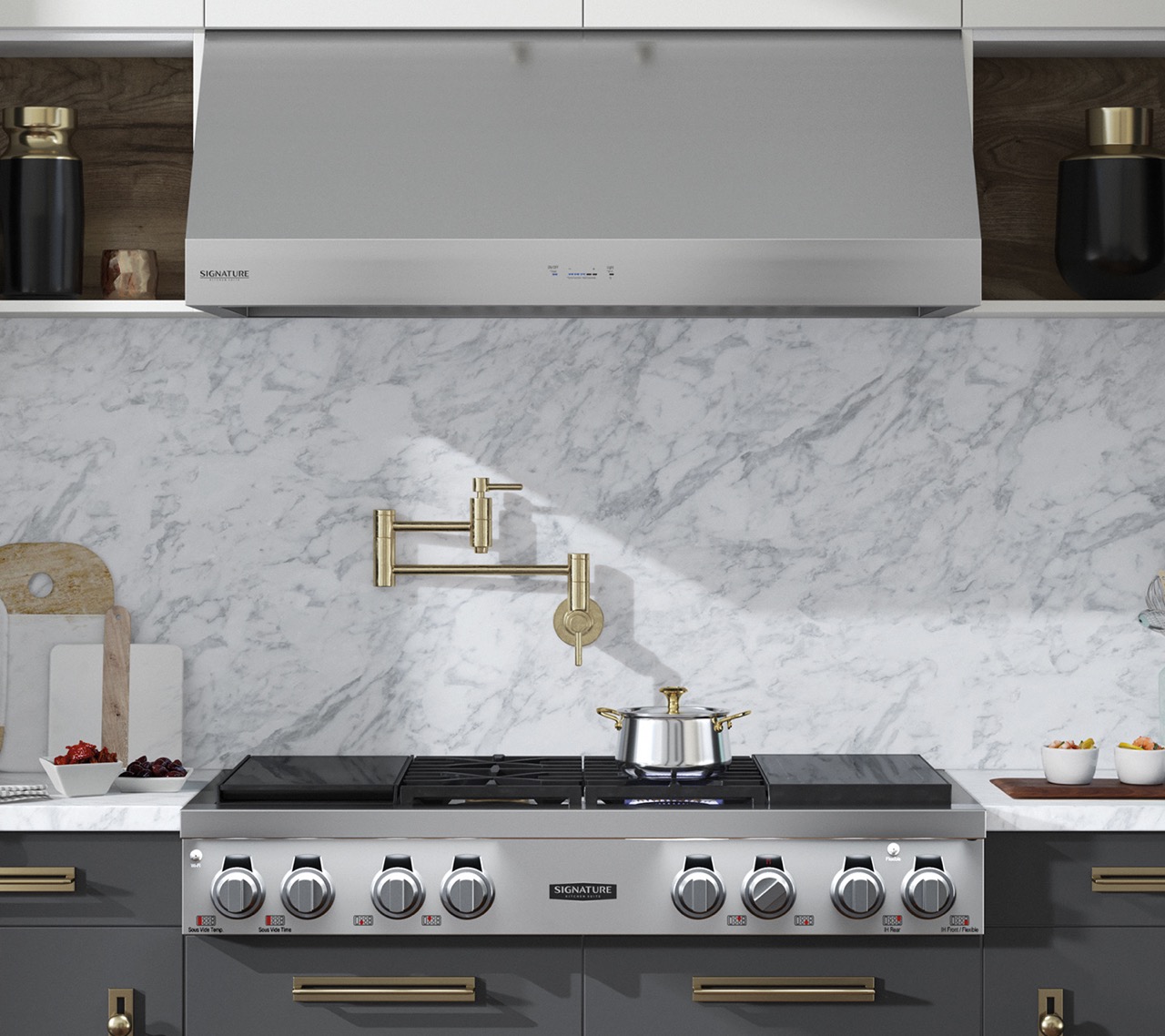

Articles
What To Look For When Buying A Range Hood
Modified: February 29, 2024
Discover the key factors to consider when choosing a range hood. Read our articles for helpful tips and advice on finding the perfect range hood for your kitchen.
(Many of the links in this article redirect to a specific reviewed product. Your purchase of these products through affiliate links helps to generate commission for Storables.com, at no extra cost. Learn more)
Introduction
Welcome to our comprehensive guide on what to look for in a range hood. Whether you are remodeling your kitchen or simply upgrading your appliance, a range hood is an essential addition that can improve the functionality and aesthetic appeal of your cooking space. But with a wide range of options available, it can be overwhelming to choose the right one for your needs.
A range hood, also known as a cooker hood or exhaust hood, is a ventilation appliance installed above your cooktop or range. Its main function is to remove smoke, grease, and odor from the air, leaving your kitchen fresh and clean. The importance of a range hood cannot be overstated, as it not only improves air quality but also protects your cabinets and walls from damage caused by grease accumulation.
When selecting a range hood, there are several factors to consider to ensure you make the right choice. In this article, we will discuss the key considerations that will help you find the perfect range hood for your kitchen.
Key Takeaways:
- When choosing a range hood, consider ventilation power, noise level, energy efficiency, and ease of cleaning to enhance air quality, cooking experience, and kitchen aesthetics.
- Prioritize budget considerations, lighting options, and design to find a range hood that fits your kitchen’s needs and complements your personal style while staying within your financial constraints.
Read more: What Is The Best Range Hood To Buy
Importance of a Range Hood
A range hood plays a crucial role in maintaining a clean and healthy kitchen environment. Here are several reasons why a range hood is important:
- Improved Air Quality: When you cook, smoke, grease, and odors are released into the air. A range hood effectively vents out these pollutants, ensuring that the air in your kitchen is fresh and clean. This helps to prevent respiratory issues and allergies caused by inhaling airborne particles.
- Removal of Excess Heat: Cooking generates a significant amount of heat, which can make your kitchen uncomfortable and increase your cooling costs. A range hood helps remove excess heat, improving the overall comfort of your kitchen.
- Grease and Moisture Control: The steam and grease generated during cooking can settle on your cabinets, walls, and other surfaces, causing stains and damage. A range hood effectively captures and extracts these particles, helping to keep your kitchen clean and free from grease buildup.
- Fire Safety: The smoke and steam produced during cooking can contain flammable particles. A range hood helps to prevent the buildup of these particles, reducing the risk of a fire hazard in your kitchen.
- Protects Your Kitchen Investment: Installing a range hood helps protect your cabinets, countertops, and walls from long-term damage caused by grease and moisture. It can also extend the lifespan of your appliances by minimizing their exposure to greasy particles.
Overall, a range hood is a crucial component of a well-functioning and healthy kitchen. It enhances air quality, removes excess heat and moisture, and protects your kitchen investment, making it an essential appliance in any modern kitchen.
Factors to Consider when Choosing a Range Hood
When selecting a range hood, there are several important factors to consider to ensure that you make the right choice for your kitchen. Let’s explore each of these factors in detail:
- Ventilation Power: One of the most critical factors to consider is the ventilation power of the range hood. This is measured in terms of cubic feet per minute (CFM) and determines the hood’s ability to effectively remove smoke, odors, and grease from your kitchen. The size of your kitchen and the type of cooking you do will influence the required CFM for your range hood.
- Size and Coverage: It is essential to choose a range hood that matches the size of your cooktop or range. The hood should adequately cover the entire cooking surface to ensure efficient ventilation. Measure the width of your cooktop and choose a range hood that is slightly larger for optimum coverage.
- Noise Level: Consider the noise level of the range hood, especially if you have an open-concept kitchen or if noise is a concern for you. Look for models with noise-reduction features or lower decibel levels to ensure a quieter cooking experience.
- Energy Efficiency: Opt for an energy-efficient range hood that not only helps to minimize your environmental footprint but also saves you money on energy bills. Look for models with Energy Star certification, LED lighting, and variable fan speeds to maximize energy efficiency.
- Lighting Options: Consider the lighting options available in the range hood. Good lighting is essential for cooking, and many range hoods now come with built-in LED lights that provide bright, efficient illumination of your cooktop.
- Ease of Cleaning: Cleaning the range hood can be a chore, so it is important to choose a model that is easy to clean and maintain. Look for hoods with removable filters that can be cleaned or replaced easily, and consider stainless steel finishes that are resistant to grease and fingerprints.
- Design and Aesthetic Appeal: The range hood is a visible part of your kitchen, so choose a design that matches the aesthetic of your kitchen. From sleek and modern to more traditional styles, there are a variety of options available to complement your kitchen decor.
- Budget Considerations: Finally, consider your budget when selecting a range hood. There are a wide range of options available at different price points, so determine your budget and prioritize the features that are most important to you.
By considering these factors, you can make an informed decision and choose a range hood that fits your specific needs, enhances the functionality of your kitchen, and complements your personal style.
Ventilation Power
When choosing a range hood, one of the most important factors to consider is the ventilation power. This refers to the hood’s ability to efficiently remove smoke, odors, and grease from your kitchen. The ventilation power is typically measured in terms of cubic feet per minute (CFM).
The required CFM for your range hood depends on the size of your kitchen and the type of cooking you do. As a general rule, it is recommended to have a range hood with a minimum of 100 CFM per linear foot of cooktop. For example, if your cooktop is 30 inches wide, you would need a range hood with at least 300 CFM.
It’s important to accurately assess the size of your kitchen and the average amount of cooking that takes place to determine the appropriate CFM for your range hood. If you have a large kitchen or frequently cook elaborate meals that produce more smoke and steam, you may need a higher CFM to adequately ventilate the space.
In addition to the CFM, consider the ventilation system of the range hood. There are two types of ventilation systems: ducted and ductless.
Ducted Ventilation: This type of ventilation system expels the air and pollutants to the outside of your home through ductwork. Ducted range hoods are more effective in removing smoke, odors, and grease from your kitchen since they vent directly outside. However, installing ductwork can be a more complex and costly process.
Ductless Ventilation: Ductless range hoods, also known as recirculating hoods, do not require any ductwork. Instead, they use filters to trap grease and odors before recirculating the cleaned air back into the kitchen. While ductless hoods are easier to install, they are not as effective in removing smoke and moisture as ducted hoods.
When it comes to venting power, it is crucial to choose a range hood that matches the size and requirements of your kitchen. A range hood with sufficient CFM and the appropriate ventilation system will effectively remove pollutants, improve air quality, and enhance the overall cooking experience in your kitchen.
Size and Coverage
When selecting a range hood, it is important to consider the size and coverage that will best suit your kitchen and cooking needs. The size of the range hood refers to its dimensions, while coverage refers to how effectively the hood can capture smoke, odors, and grease from your cooking surface.
Firstly, you’ll need to measure the width of your cooktop or range. Ideally, the range hood should be slightly larger than the cooktop to ensure effective ventilation. As a general guideline, the range hood should be at least as wide as the cooktop, but it can also extend beyond it to provide better coverage.
The height of the range hood is another important consideration. Standard range hoods typically have a height that ranges from 18 to 30 inches, with some models being adjustable to accommodate different kitchen configurations. Make sure the height of the range hood allows for sufficient clearance above the cooktop to avoid any potential hazards and provide adequate ventilation.
Consider the depth of the range hood as well. It should not protrude too far out from the wall or cabinets, as this can obstruct movement in the kitchen or interfere with the layout of your cooking space.
In terms of coverage, it is essential to choose a range hood that fully encompasses the cooking surface to effectively capture smoke, grease, and odors. The hood should extend beyond the sides and rear of the cooktop, creating a protective barrier to prevent these particles from escaping into the kitchen.
In addition to the size and coverage, consider the mounting height of the range hood. The recommended mounting height is typically between 24 and 30 inches from the cooktop surface. This ensures that the hood is at an optimal distance to efficiently capture pollutants while allowing for comfortable cooking and easy access to the range controls.
Ultimately, choosing the right size and coverage for your range hood will ensure that it provides effective ventilation, prevents the accumulation of smoke and grease, and protects the overall air quality of your kitchen. By properly measuring and considering the layout of your cooking space, you can select a range hood that perfectly fits your needs and enhances the functionality of your kitchen.
Read more: Where To Buy Range Hood
Noise Level
When choosing a range hood, considering the noise level is crucial, especially if you have an open-concept kitchen or if noise is a concern for you. The noise level of a range hood is measured in decibels (dB), and selecting a quieter model can significantly enhance your cooking experience.
Range hoods with higher CFM ratings tend to produce more noise since they have powerful motors that generate increased airflow. However, advancements in technology have led to the development of range hoods with noise reduction features, allowing for quieter operation without compromising performance.
When browsing for range hoods, look for models that specifically mention noise reduction or low decibel levels. Some manufacturers provide noise ratings for their range hoods, making it easier for you to compare and choose a quieter option.
One way to reduce noise is by opting for range hoods with multiple fan speeds. These hoods allow you to adjust the speed based on your cooking needs, and running the fan at a lower speed can help maintain a quieter environment in your kitchen.
Another factor to consider is the presence of sound-absorbing materials or insulation in the range hood. These materials help dampen the noise produced by the fan and motor, resulting in a quieter operation.
It’s also worth noting that the noise level of a range hood can vary depending on the cooking conditions. For example, when using high heat or cooking methods that generate more smoke and steam, the fan may need to run at a higher speed, resulting in increased noise. However, a well-designed range hood with noise reduction features will still provide a quieter operation compared to older models.
When selecting a range hood, take the noise level into consideration to ensure a more pleasant cooking experience. Look for models with noise reduction features and lower decibel levels, and consider the impact of different fan speeds on noise production. By choosing a quieter range hood, you can minimize distractions and enjoy a peaceful environment while cooking in your kitchen.
When choosing a range hood, look for one with a high cubic feet per minute (CFM) rating to ensure effective ventilation for your kitchen.
Energy Efficiency
Energy efficiency is an important consideration when choosing a range hood to not only reduce your environmental impact but also save on energy costs in the long run. By selecting an energy-efficient range hood, you can minimize wasted energy while still enjoying the benefits of effective ventilation.
Here are some factors to consider regarding energy efficiency:
Energy Star Certification: Look for range hoods that have earned the Energy Star certification. This designation indicates that the hood meets strict energy efficiency guidelines set by the U.S. Environmental Protection Agency (EPA). Energy Star certified range hoods are designed to operate efficiently, using less energy without sacrificing performance.
LED Lighting: Many modern range hoods come equipped with LED lights. LED lighting is more energy-efficient than traditional incandescent bulbs, providing bright and focused illumination while consuming less electricity. LED lights have a longer lifespan as well, reducing the need for frequent bulb replacements.
Variable Fan Speeds: Range hoods that offer variable fan speeds allow you to adjust the ventilation power based on your specific cooking needs. When cooking tasks require less ventilation, you can lower the fan speed, reducing energy consumption while still maintaining sufficient air circulation.
Ventilation Timer: Some range hoods may include a ventilation timer feature. This allows you to set a predetermined timeframe for the hood to run before automatically turning off. This feature helps prevent unnecessary energy usage by ensuring that the range hood operates only for the required duration.
Avoiding Over-Sizing: Choosing a range hood that is appropriately sized for your cooktop and kitchen size is also important for energy efficiency. An oversized hood with a high CFM rating may consume more energy than necessary, especially if you rarely engage in heavy-duty cooking that requires intense ventilation.
When shopping for a range hood, be sure to check the product specifications or labels for energy efficiency information. Look for models that incorporate energy-saving features such as Energy Star certification, LED lighting, variable fan speeds, and ventilation timers. These features not only contribute to energy efficiency but also provide you with a more sustainable and cost-effective solution for your kitchen ventilation needs.
Lighting Options
When selecting a range hood, lighting options are an important factor to consider. Proper lighting not only enhances visibility while cooking but also adds to the overall ambiance and functionality of your kitchen. Here are some lighting options to keep in mind:
Built-in LED Lights: LED lights have become a popular choice for range hoods due to their energy efficiency and longevity. LED lights provide bright and focused illumination, making it easier to see the cooking surface. They consume less energy than traditional incandescent bulbs and have a longer lifespan, reducing the need for frequent replacements.
Adjustable Lighting Levels: Some range hoods offer adjustable lighting levels, allowing you to customize the brightness based on your preference and cooking requirements. This feature is particularly useful if you want to create a softer ambiance during meal times or if you need extra brightness for detailed tasks.
Color Temperature: Consider the color temperature of the lighting. The color temperature is measured in Kelvin (K) and affects the appearance of light. Range hoods typically come with lighting options that range from warm white (around 2700K) to cool white (around 5000K). Choose a color temperature that complements the overall color scheme and ambiance of your kitchen.
Under Cabinet Lighting: Some range hoods feature built-in under cabinet lighting. These lights are mounted underneath the hood, providing additional task lighting onto the cooking surface. Under cabinet lighting can enhance visibility while cooking and also add a stylish touch to your kitchen design.
Additional Lighting Features: Some range hoods may offer additional lighting features, such as night lights or dimmable lights. Night lights provide a soft glow in your kitchen during nighttime hours, making it easier to navigate without fully illuminating the space. Dimmable lights allow you to adjust the brightness to create the desired ambiance or conserve energy when full lighting is not required.
When choosing a range hood, carefully consider the lighting options that will best suit your cooking needs and kitchen aesthetics. Look for models that offer built-in LED lights, adjustable lighting levels, and lighting options that align with the color temperature you prefer. By selecting the right lighting options, you can create an inviting and well-lit kitchen environment while enjoying the convenience and functionality of your range hood.
Ease of Cleaning
When choosing a range hood, considering the ease of cleaning is essential. Regular cleaning and maintenance not only ensure optimal performance but also prolong the lifespan of the hood. Look for features and materials that make cleaning a breeze:
Removable Filters: Filters are an integral part of range hoods as they help trap grease and other airborne particles. Opt for range hoods with removable filters, as they make cleaning much easier. These filters can be easily detached and either replaced or washed depending on the type of filter used.
Dishwasher-Safe Filters: Some range hood filters are dishwasher-safe, allowing you to conveniently place them in the dishwasher for a thorough cleaning. This saves time and effort compared to manually washing them by hand.
Easy-to-Wipe Surfaces: Choose range hoods with smooth surfaces that are easy to wipe clean. Stainless steel finishes are popular due to their sleek appearance and resistance to fingerprints and grease smudges. Avoid range hoods with textured or grooved surfaces, as they can collect dirt and grime, making cleaning more challenging.
Accessibility for Cleaning: Consider the accessibility of the range hood’s interior for cleaning. Look for models that have easy access to the interior components, allowing you to efficiently clean hard-to-reach areas, such as the fan blade and ductwork.
Clean Lines and Hidden Controls: Range hoods with clean lines and hidden controls are not only aesthetically pleasing but also easier to clean. Smooth surfaces without protruding knobs or buttons make wiping down the hood a seamless process.
Cleaning Indicator: Some range hoods come equipped with a cleaning indicator feature that alerts you when the filters need to be cleaned or replaced. This feature can be helpful in maintaining the performance of the hood and ensuring it remains in optimal working condition.
Regular cleaning of your range hood is essential to maintain its efficiency and prevent the buildup of grease and other residues. By choosing a range hood with removable and easy-to-clean components, you can simplify the cleaning process and keep your kitchen fresh and free from grease accumulation.
Read more: What Is A Range Hood
Design and Aesthetic Appeal
When selecting a range hood, the design and aesthetic appeal are important factors to consider. The range hood is a highly visible part of your kitchen and can significantly impact the overall visual appeal and style of the space. Here are some considerations regarding design and aesthetic appeal:
Style: Choose a range hood that complements the existing design aesthetic of your kitchen. Whether your kitchen has a modern, traditional, or transitional style, there are range hood options available to suit your preference. Consider the shape, lines, and materials used in the design to ensure it harmonizes with the overall decor of your kitchen.
Finishes: Range hoods come in a variety of finishes, with stainless steel being one of the most popular due to its sleek and timeless look. Other finishes, such as black or white powder-coated options, can provide a more contemporary or traditional appearance. Consider the finish that best aligns with your kitchen’s color scheme and desired aesthetic.
Chimney Style: If you opt for a wall-mounted range hood, consider the chimney style. The chimney not only provides structural support, but it also adds to the overall design. Choose a chimney style that complements the range hood and creates a cohesive look in your kitchen.
Minimalist Design: For a clean and streamlined look, consider range hoods with minimalist designs. These hoods often feature sleek and simple lines, blending seamlessly with modern or minimalist kitchen designs. A minimalist range hood can create a visually pleasing focal point without overpowering the rest of the kitchen elements.
Customization Options: Some manufacturers offer customization options, allowing you to personalize the range hood to your specific taste. This can include choosing different color finishes or adding decorative elements to match your kitchen’s unique style.
Integration with Cabinetry: If you prefer a more discreet look or have limited space, consider integrating the range hood with your cabinetry. This option allows the hood to blend seamlessly into the surrounding cabinetry and create a cohesive and cohesive appearance in your kitchen.
Remember that aside from functionality, the range hood should enhance the overall style and aesthetic appeal of your kitchen. By carefully considering the design, finishes, and customizability, you can select a range hood that not only functions effectively but also becomes a visually pleasing addition to your culinary space.
Budget Considerations
When choosing a range hood, it is important to consider your budget. Range hoods are available at various price points, and understanding your budgetary limitations will help you narrow down your options. Here are some budget considerations to keep in mind:
Set a Budget: Determine your budget for the range hood before you begin your search. This will provide you with a clear guideline and prevent you from overspending.
Prioritize Essential Features: Identify the essential features that you require in a range hood. Determine which features are non-negotiable and focus your budget on those key factors, such as ventilation power or ease of cleaning.
Compare Prices and Brands: Research and compare prices from different brands to get a better understanding of the market. Take note of the features, specifications, and warranties offered by each brand to make an informed decision.
Consider Long-Term Cost Savings: While it may be tempting to choose the most affordable option, consider the long-term cost savings of an energy-efficient range hood. Investing in a more energy-efficient model may result in lower utility bills over time, making it a cost-effective choice in the long run.
Look for Sales and Deals: Keep an eye out for sales and discounts offered by retailers or manufacturers. This can provide an opportunity to purchase a high-quality range hood at a more affordable price.
Consider Refurbished or Display Models: If you’re open to considering alternative options, you may find refurbished or display models available at a lower cost. These models are often discounted but still offer functionality and performance.
Factor in Installation Costs: Don’t forget to account for installation costs in your budget. If you require professional installation, obtain quotes from different contractors to ensure that it falls within your budgetary constraints.
Balance Price and Quality: Ultimately, it’s important to strike a balance between price and quality. While it’s natural to want to stay within your budget, be cautious of sacrificing product quality for a lower price. Select a range hood that not only fits your budget but also offers the desired features and durability.
By considering these budget considerations, you can make an informed decision that aligns with your financial constraints and still allows you to select a range hood that meets your needs and preferences.
Conclusion
Choosing the right range hood for your kitchen is an important decision that can greatly impact the functionality, air quality, and visual appeal of your cooking space. By considering the factors discussed in this article, you can make an informed choice that best aligns with your needs and preferences.
Firstly, consider the ventilation power of the range hood and choose a model that matches the size of your kitchen and the type of cooking you do. Adequate coverage is equally important, ensuring that the hood effectively captures smoke, odors, and grease from your cooking surface.
Take into account the noise level of the range hood, especially if you have an open-concept kitchen or value a quiet environment. Look for models with noise reduction features to enhance your cooking experience.
Energy efficiency is another crucial factor to consider, as it helps reduce your environmental impact and energy costs. Look for range hoods with Energy Star certification, LED lighting, and adjustable fan speeds to maximize efficiency.
Lighting options play a significant role in enhancing visibility and aesthetics in your kitchen. Choose range hoods with built-in LED lights and customizable lighting levels to suit your cooking needs.
Ease of cleaning is essential to maintain the performance and longevity of your range hood. Look for models with removable and dishwasher-safe filters, as well as easy-to-wipe surfaces, to simplify the cleaning process.
Consider the design and aesthetic appeal of the range hood to ensure it complements your kitchen decor. Choose a style, finish, and integration option that aligns with your personal preference and creates a cohesive look in your kitchen.
Lastly, establish a budget and prioritize the essential features that meet your needs. Compare prices, consider long-term cost savings, and balance price with quality to find the best range hood within your budget range.
In conclusion, selecting the right range hood involves careful consideration of ventilation power, size and coverage, noise level, energy efficiency, lighting options, ease of cleaning, design, and budget. By taking these factors into account, you can make an informed decision that enhances the functionality, appearance, and overall cooking experience in your kitchen.
Frequently Asked Questions about What To Look For When Buying A Range Hood
Was this page helpful?
At Storables.com, we guarantee accurate and reliable information. Our content, validated by Expert Board Contributors, is crafted following stringent Editorial Policies. We're committed to providing you with well-researched, expert-backed insights for all your informational needs.
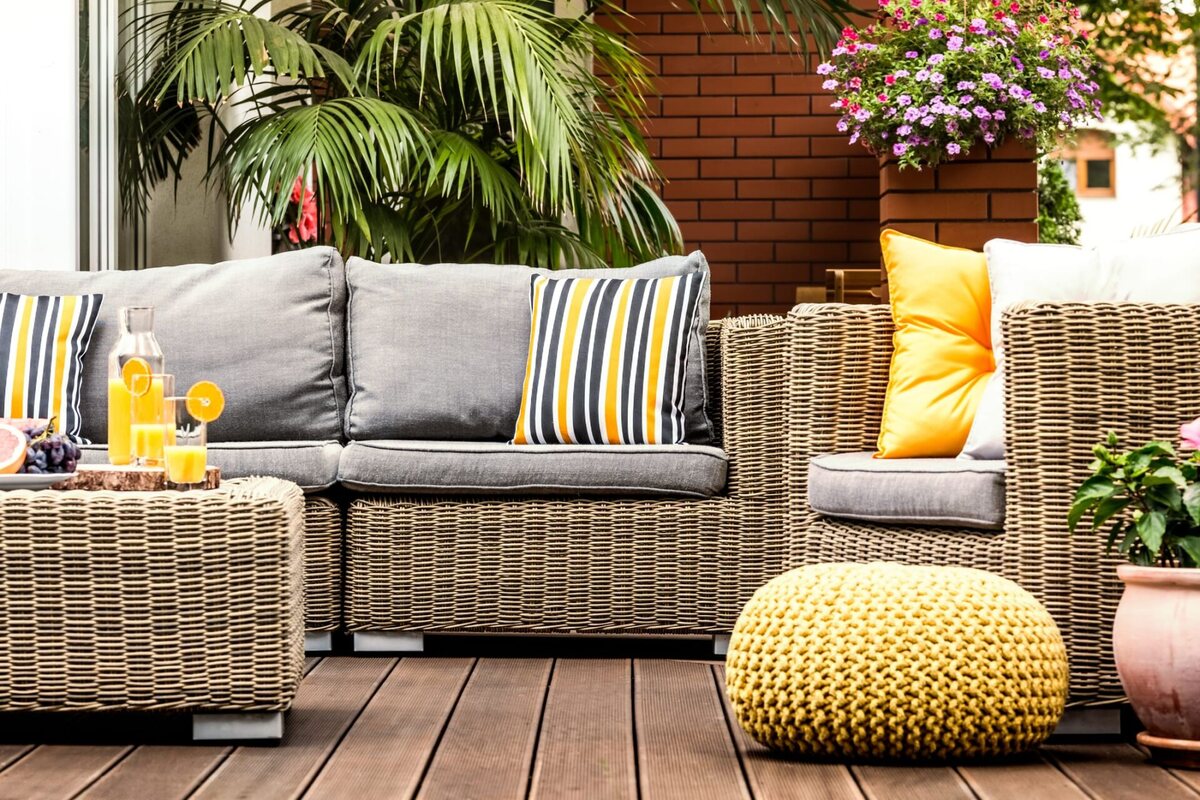
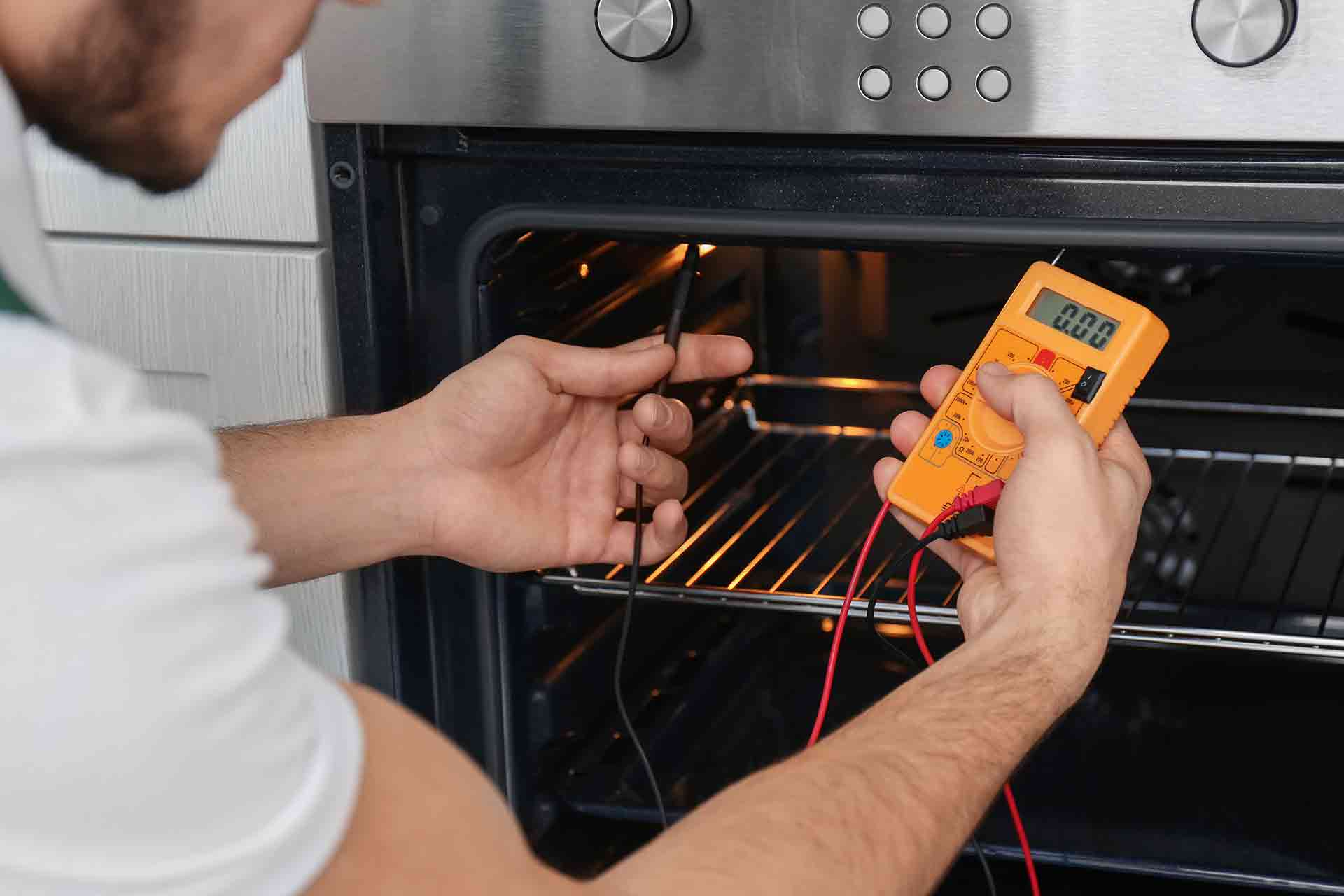
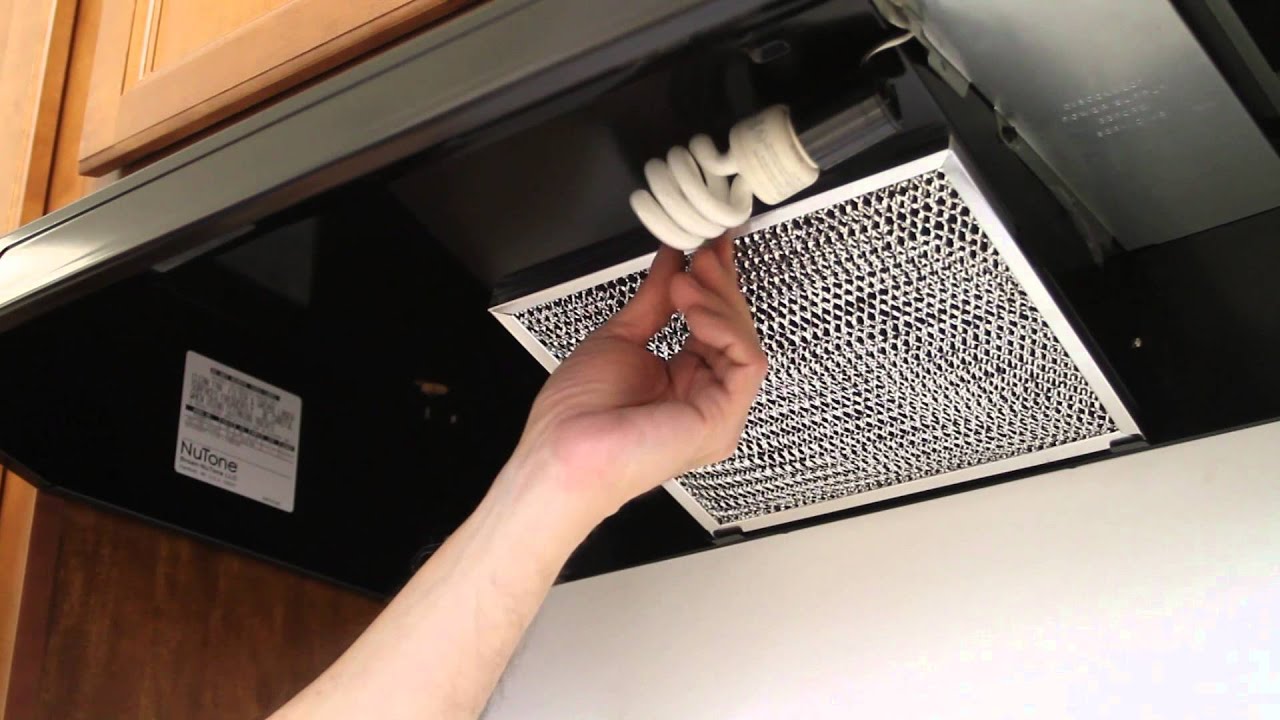
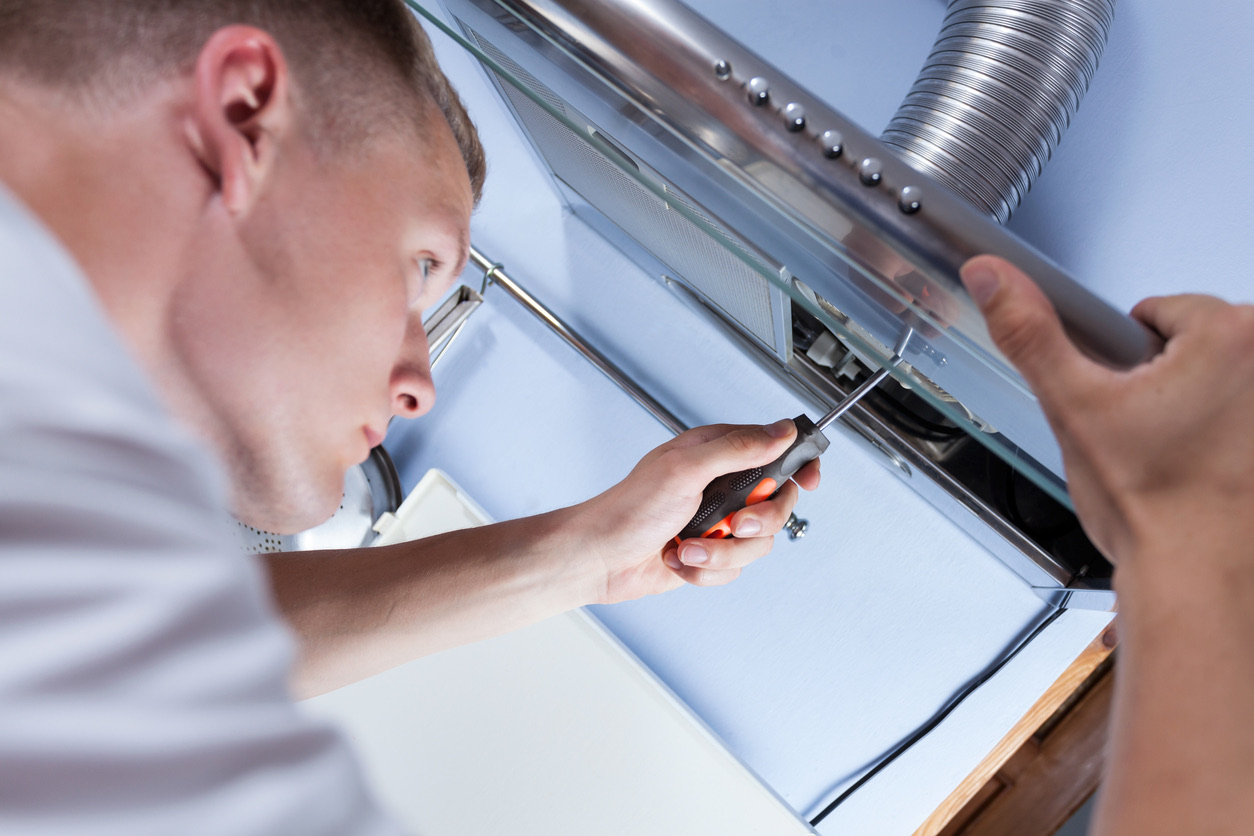
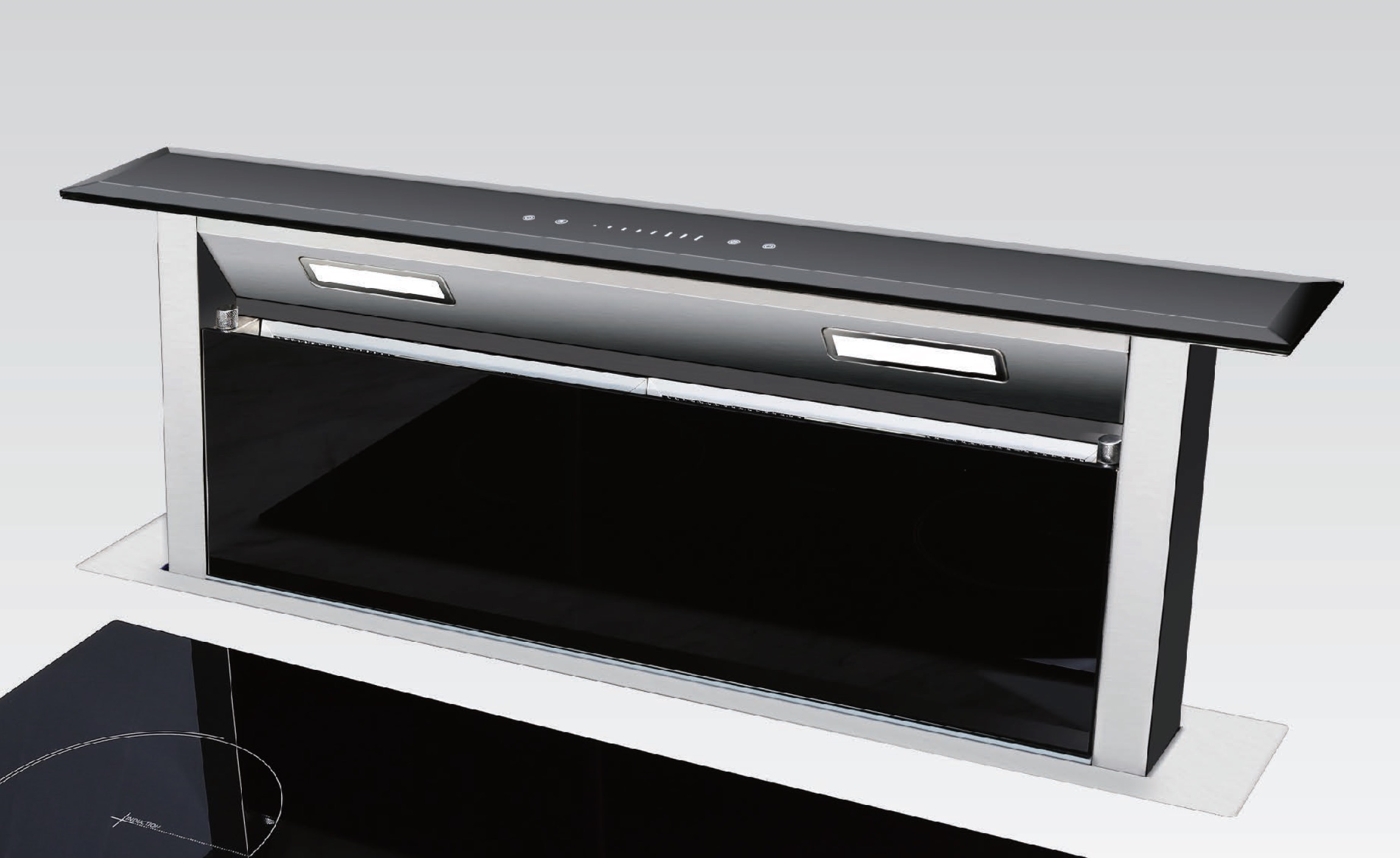
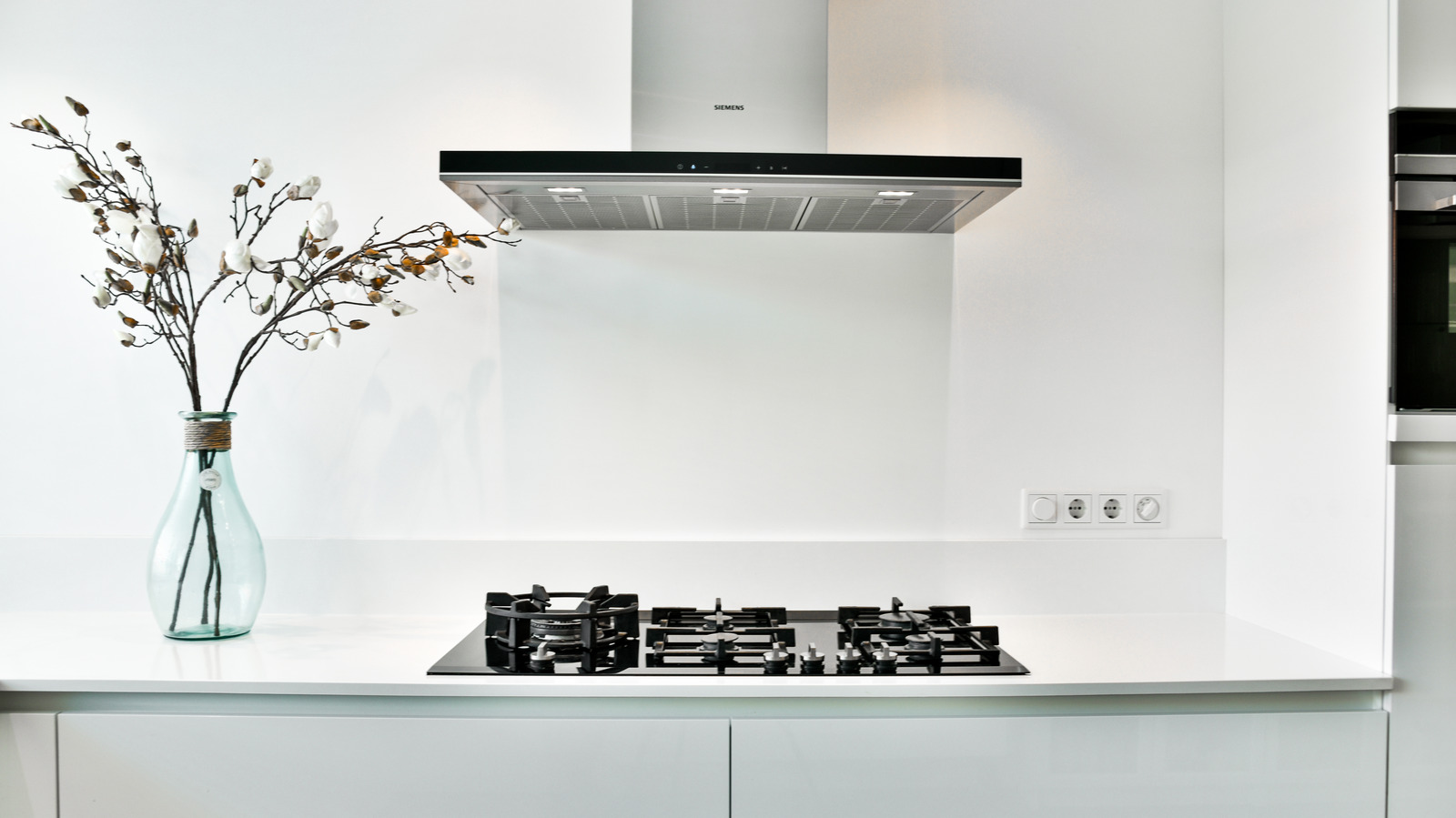
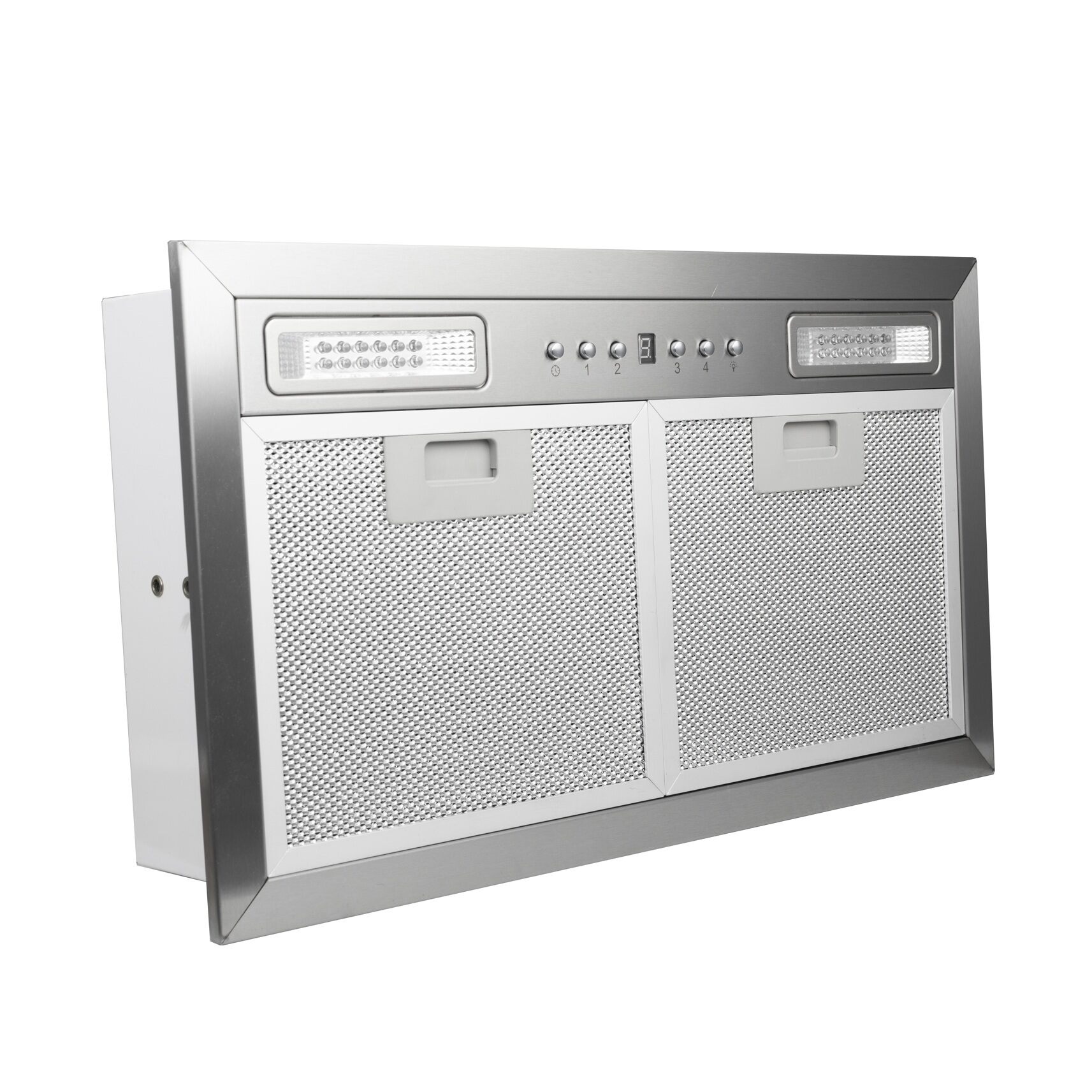
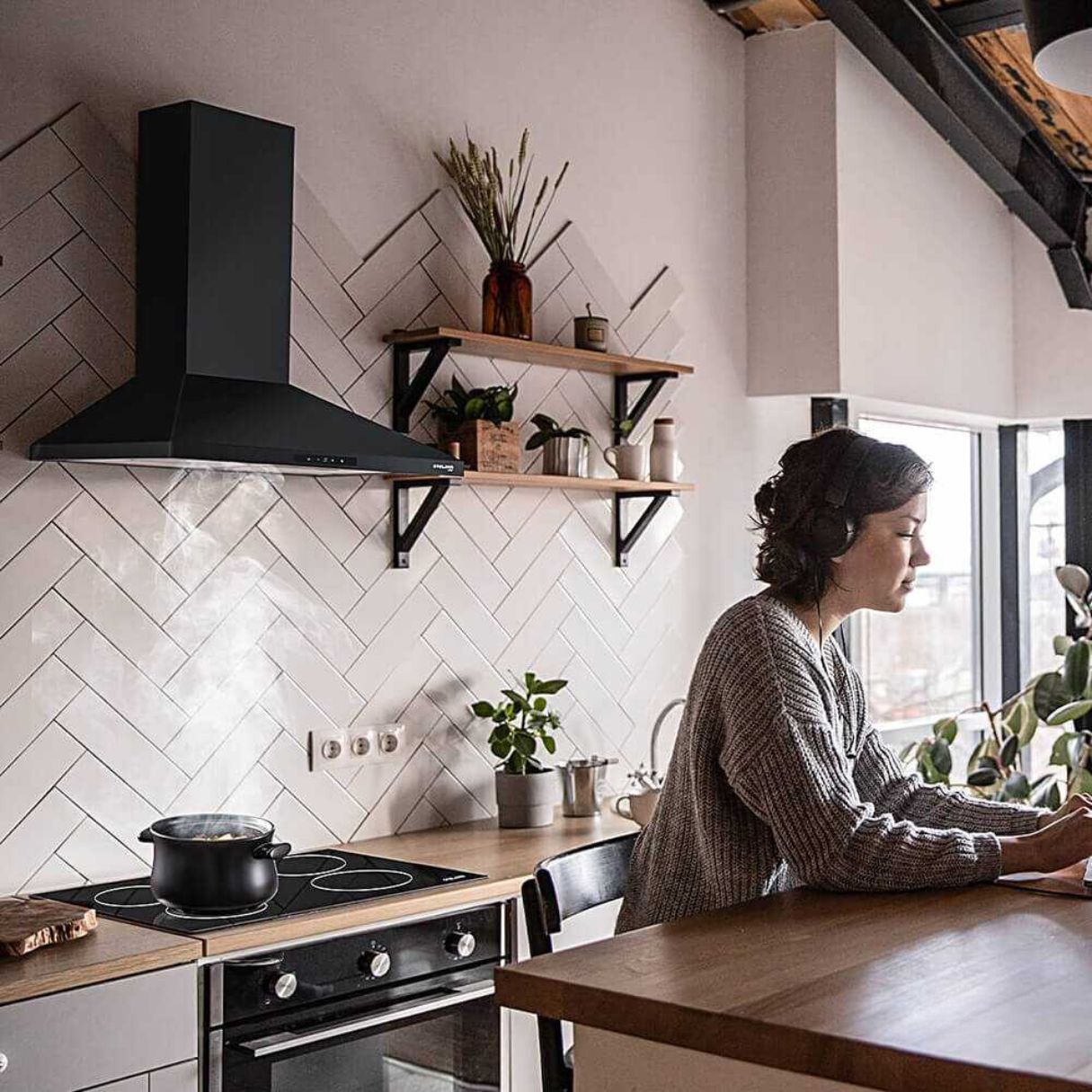
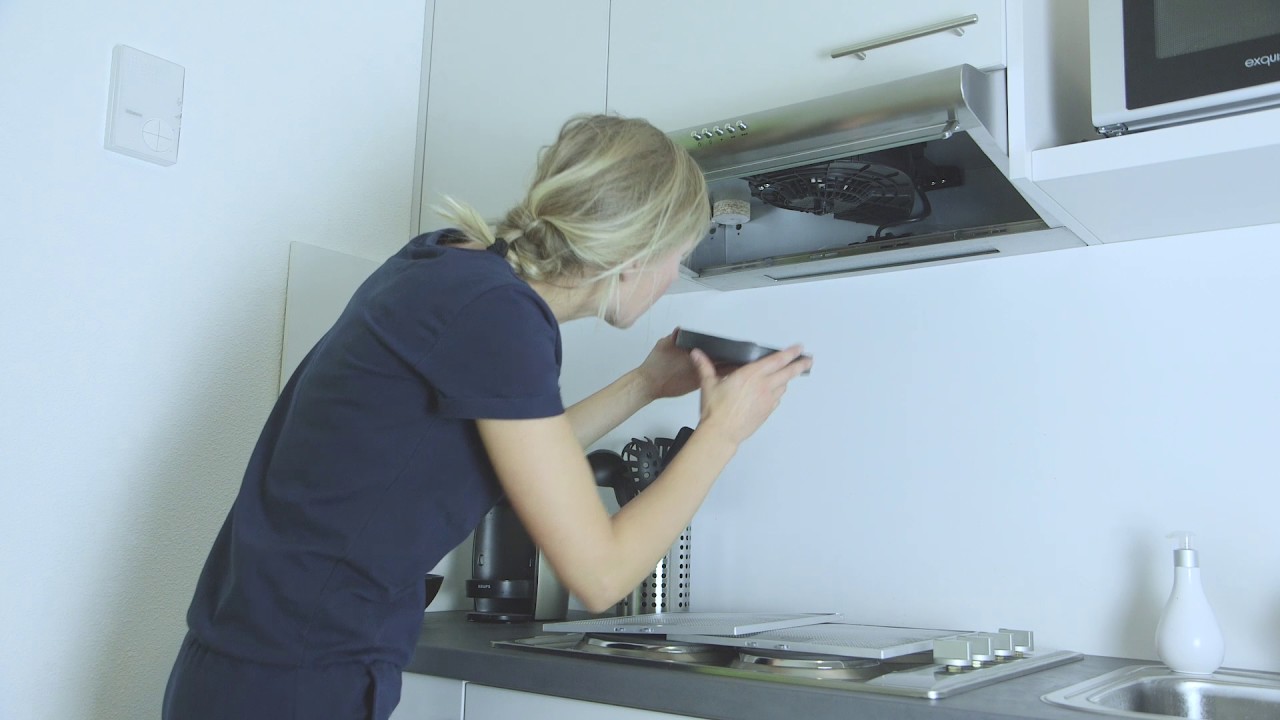
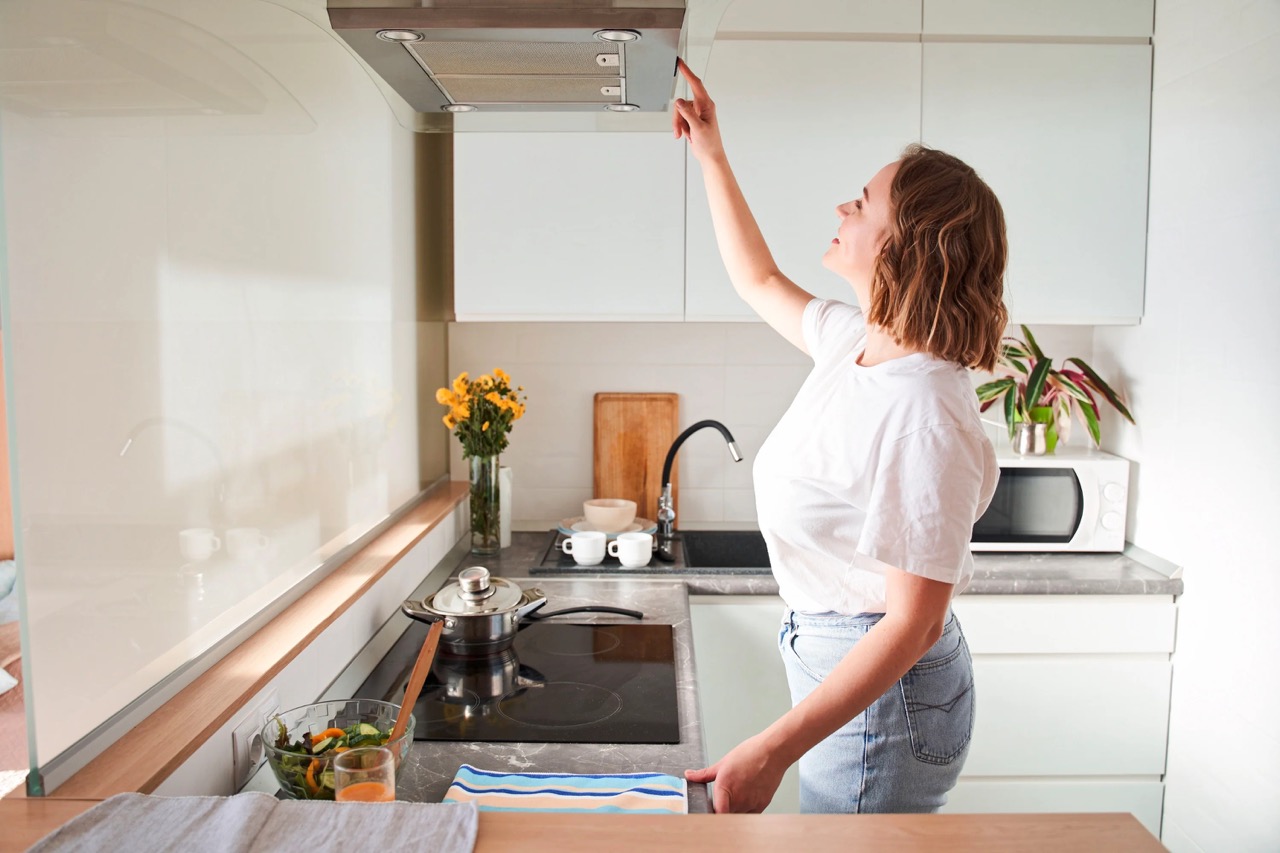
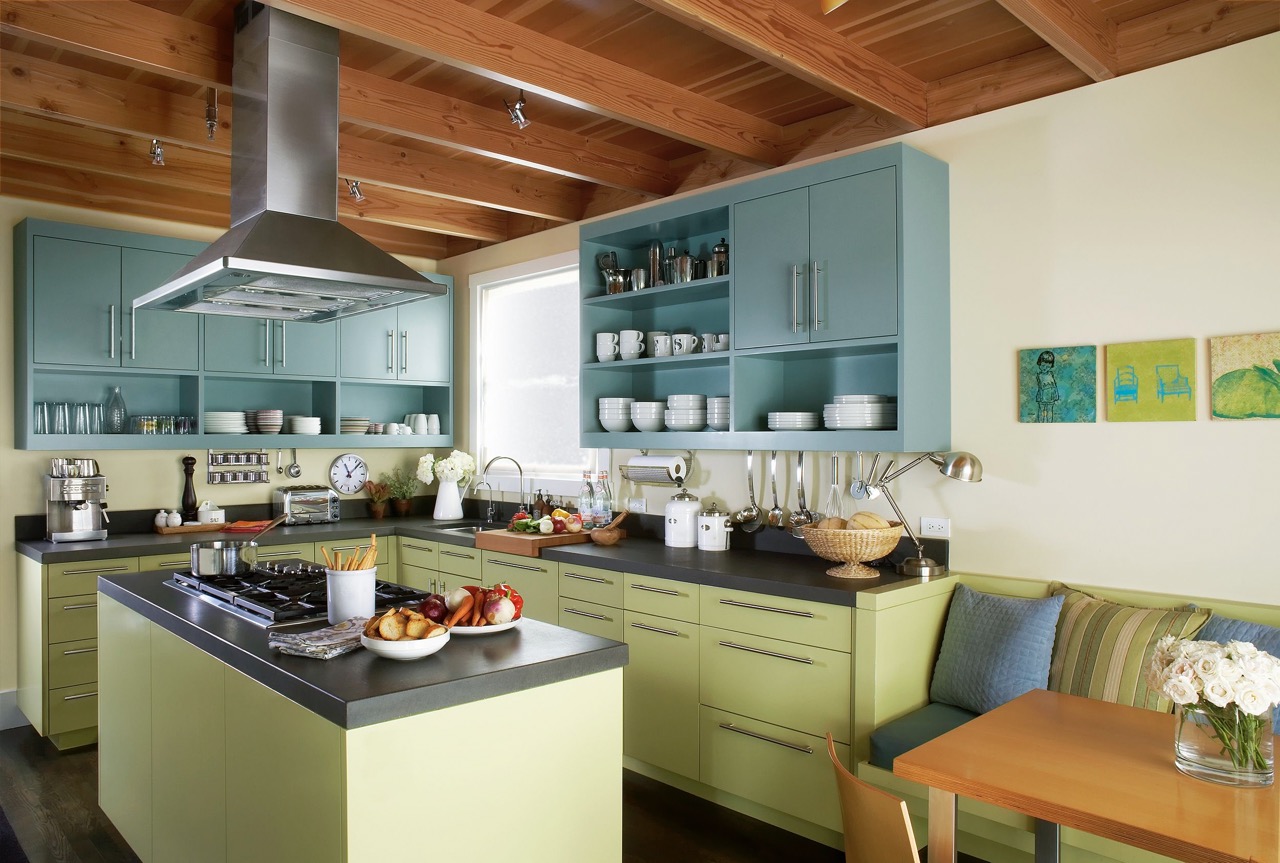
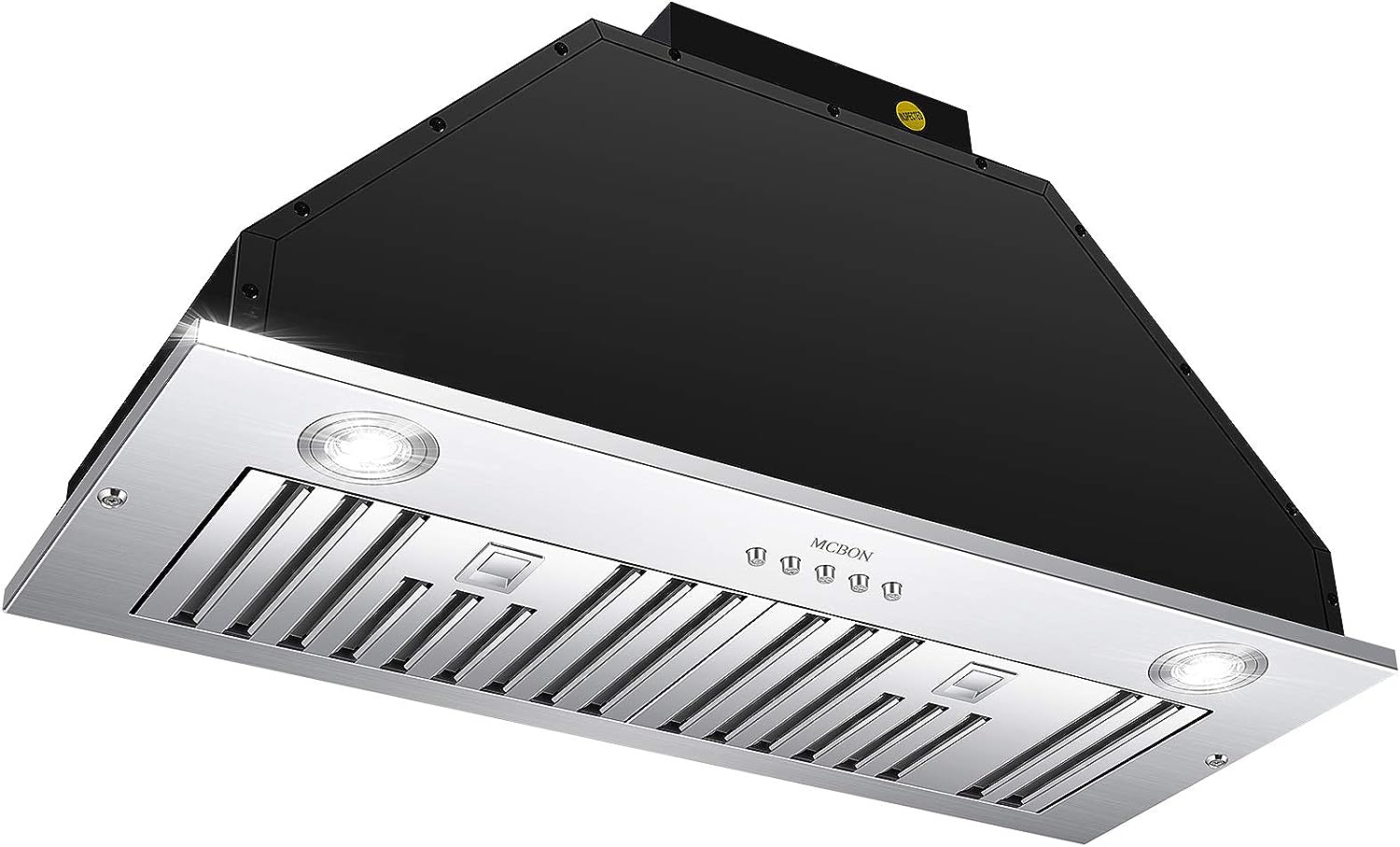
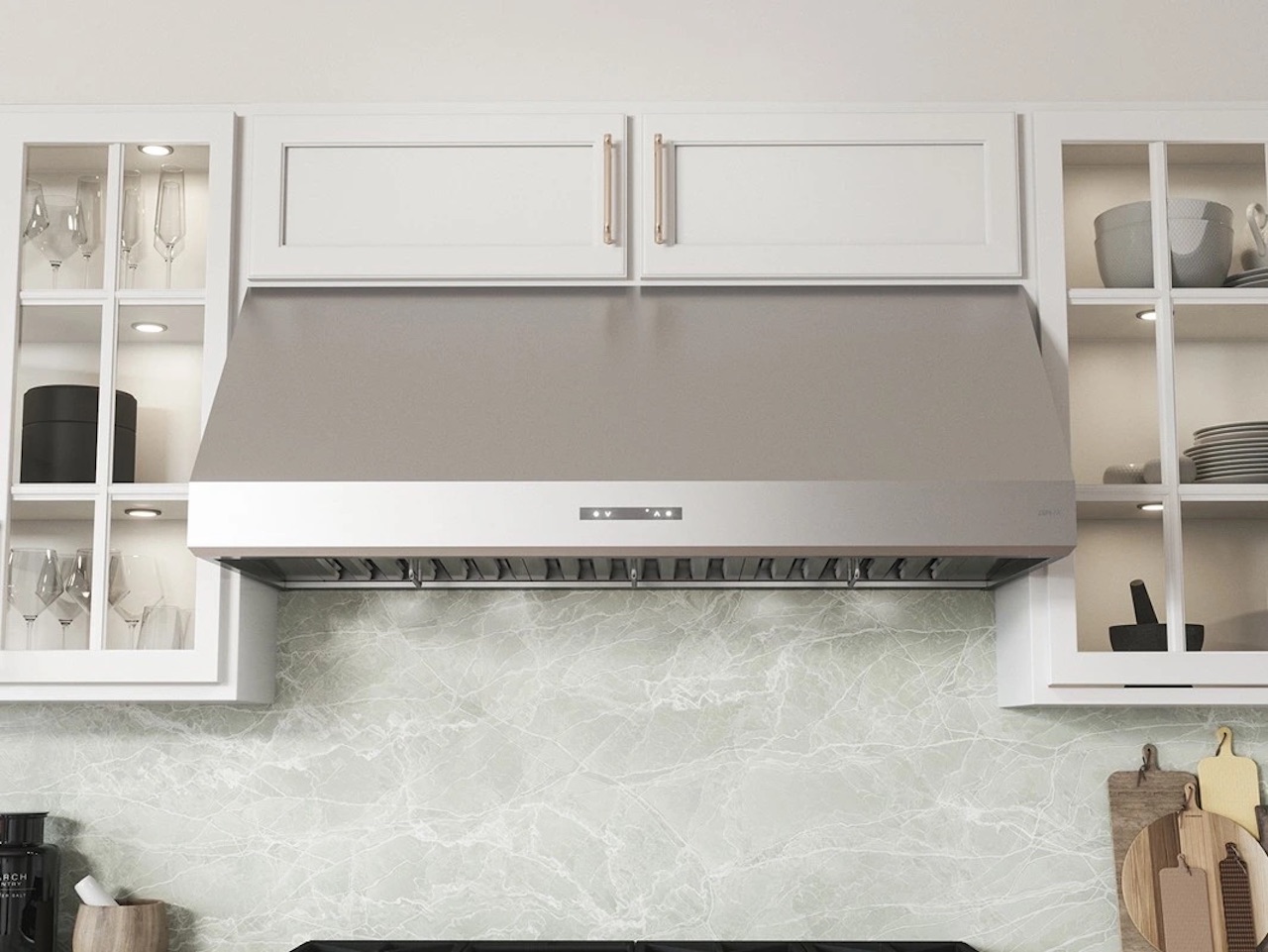

0 thoughts on “What To Look For When Buying A Range Hood”